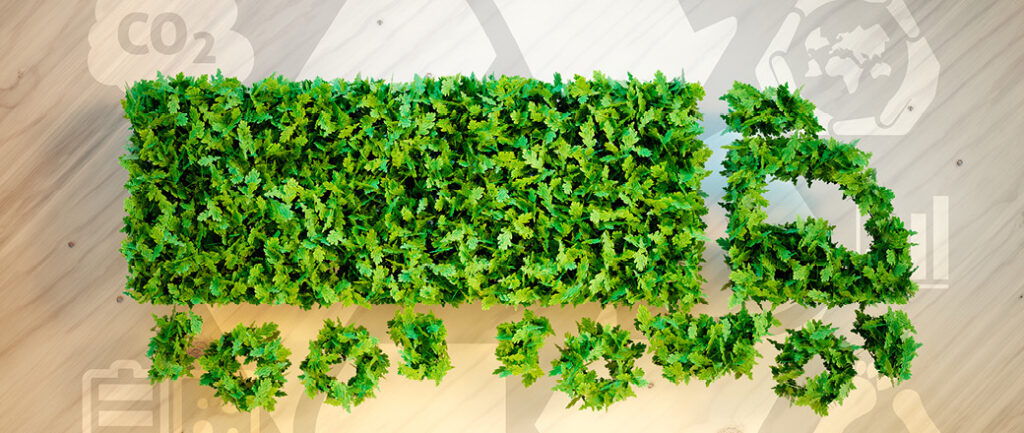It’s easy for shippers to say they want to be green, but making the changes and sacrifices required to reduce carbon footprint is another thing. Focusing on sustainability and being green in transportation sometimes creates trade-offs that could negatively impact the business and customers, such as longer shipping times or higher costs.
In this blog, we examine what “being green” in your transportation means and discuss the scope of emissions affecting your supply chain. Learn the connection between sustainability and last mile logistics, as well as green supply chain practices that allow you to manage your carbon footprint and protect profitability.
5 Aspects of Being Green
1. Regulatory Standards: Specific regulatory standards are beginning to take on specific attributes in the SEC climate disclosure guidelines proposal. These fall under Environmental, Social, and Corporate Governance (ESG):
- Environmental: Energy use, waste.
- Social: Worker’s rights, issues.
- Governance: Corporate policies, procedures, ethics.
2. Circular Economy (Circularity): Organizations can create a full life cycle that is truly cyclical out of:
- Raw materials
- Manufacturing
- Distribution
- Return
- Recycle/reuse
3. Sustainability: This can be achieved in transportation by optimizing for rate, mode, service, and route.
4. Scope Emissions: Businesses should know the distinctions between scope 1, 2, and 3 emissions.
5. Compliance: Existing laws and regulations help rein in supply chain practices to meet current standards.
Know the Scope of Emissions
Doing nothing about scope emissions could damage a business’s reputation and brand in time. Focusing on supply chain carbon emissions promotes a change toward being more environmentally friendly.
- Scope 1: Direct emissions from sources the company owns or controls.
- Scope 2: Indirect emissions from energy sources.
- Scope 3: Indirect emissions coming from the value chain.
The Impact of Transportation and Last Mile
Green Supply Chain Best Practices
- Optimize processes.
- Consider processes before fulfillment.
- Improve Inflight/Final Mile.
- Consolidate within the company.
- Consolidate with other companies.
- Zone skip.
- Choose optimal modes and services for each shipment.
- Digitize processes.
- Plan all shipment types concurrently and leverage external shipments.
- Select modes and equipment with lower emissions.
Technology Supports Saving Money and Being Green in Transportation
Technology makes finding the best routes and rates to meet delivery commitments easier while saving money. It also helps companies reduce empty miles through steps like shippers collaborating. Technology can be automated to carry out these steps, while people can adjust it as needed.
Leveraging a TMS to Be Greener and More Profitable
A transportation management system (TMS) like MercuryGate provides technology that makes it easier for companies to improve their sustainable transportation practices while saving money. MercuryGate’s TMS can help with these capabilities:
- Optimize and plan the network before the fulfillment.
- Consolidate shipments.
- Zone skip.
- Find the optimal mode.
- Digitize.
- Plan inbound, shuttle, and outbound concurrently.
- Plan for the lowest emissions.
- Optimize the first and final mile.
- Improve multiple scope levels, including Scope 3.
- Measure impacts.
Calculate your potential Saving While Using an enterprise TMS
Reduce Your Carbon Footprint with MercuryGate
Reducing the overall carbon footprint is challenging, but transportation is a significant contributor to supply chain emissions and an important area to focus on.
- Selecting the right carrier.
- Finding operational efficiencies such as cross-docking and backhauls.
- Leveraging optimization capabilities to compare modes.
- Making real-time adjustments to optimize assets and drivers.
Small changes can make a big difference. Watch the webinar to learn more about the achievable, measurable changes you can make.


